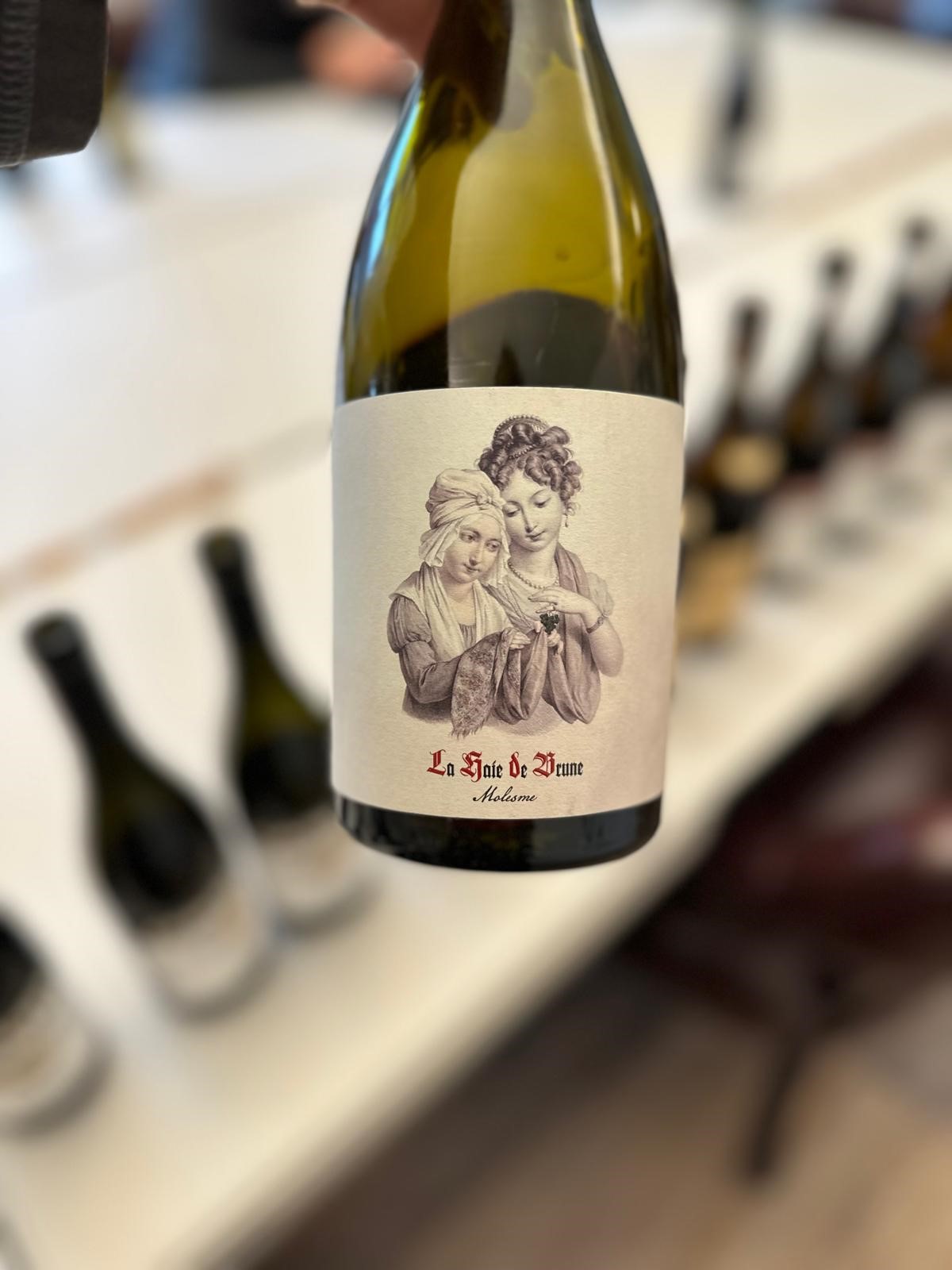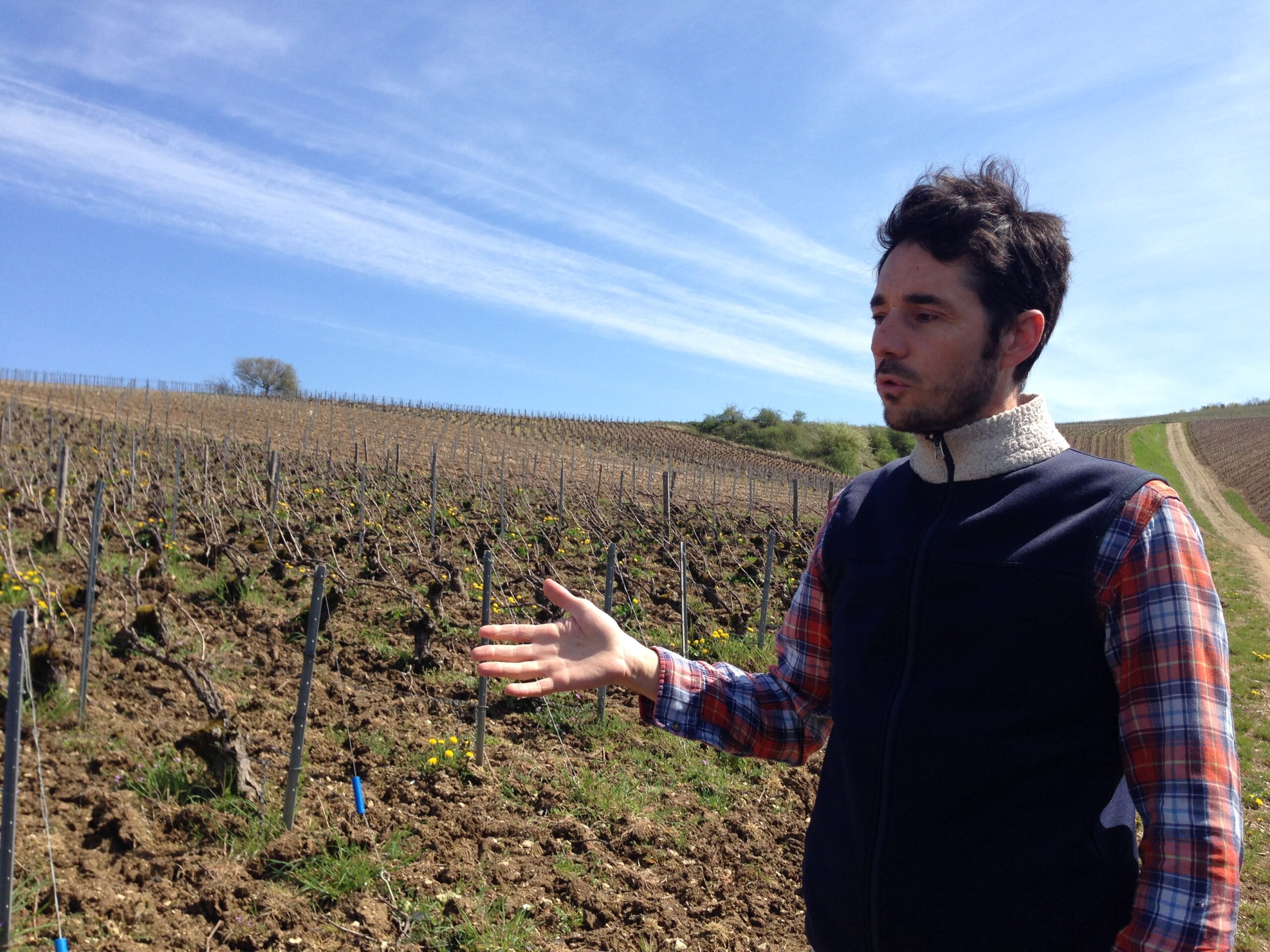Ironically, Cedric Bouchard of Champagne Roses de Jeanne isn’t a big fan of sparkling wines. But Champagne vines are what he inherited the Aube is his home and, so he embraced his heritage and was an early player in the region’s evolution to single vineyard, single variety, low-dosage Champagnes made in a very vinous style. While he has experimented with Coteaux Champenois wines over the years, he felt the results were never good enough for commercial release. In 2014, with a love a Burgundy and a strong desire to produce still wines, Cédric planted 1.4 hectares of massale selection Pinot Noir (from Gevrey Chambertin, Chambolle Musigny and Morey St Denis) on the south-facing slopes of the village of Molesme, a historic village in the Chatillonais that is home to the region’s 11th century abbey. Located 70 kilometers northwest of Dijon and 45 kilometers east of Tonnerre, the Chatillonais is a primary zone for Crémant de Bourgogne, but all 23 communes in the area can lay claim to the production of Burgundy wines. Ancient texts tell us that vines existed in the Châtillonnais over 2,000 years ago. By the middle of the 20th century, vineyards declined following three world wars, the phylloxera crisis, and economic upheavals. However, thanks to the determination of local winegrowers, the area has seen a small resurgence in recent decades. Today, the Chatillonais covers 250 hectares planted primarily to Pinot Noir and Chardonnay, and small amounts of Gamay and Aligoté. Since his first harvest, Céedric has vinified and aged his Molesme Pinot Noir in 228L new Francois Frères barrels, which Bertrand Dugat buys for him. Cédric knows that great barrels are reserved for superstar winegrowers, and since he has never purchased barrels for his Champagnes, he was sure he needed assistance securing top-quality vessels.
Since planting his first vines in Molesme, Cedric has made only two vintages out of eight. Frost, hail, mildew and production mishaps have resulted in extremely low quantities of wine. The 2019 is the first release of La Haie de Brune and since April 2024 saw destructive frosts, there’s no telling when we will see the next wine. This inaugural release is still in its infancy, but with a finely knit structure and utterly lovely fruit, it will continue to gain in finesse. Cedric’s dreams of making still wine have been realized and the few lucky souls to get their hands on a bottles are the beneficiaries.

